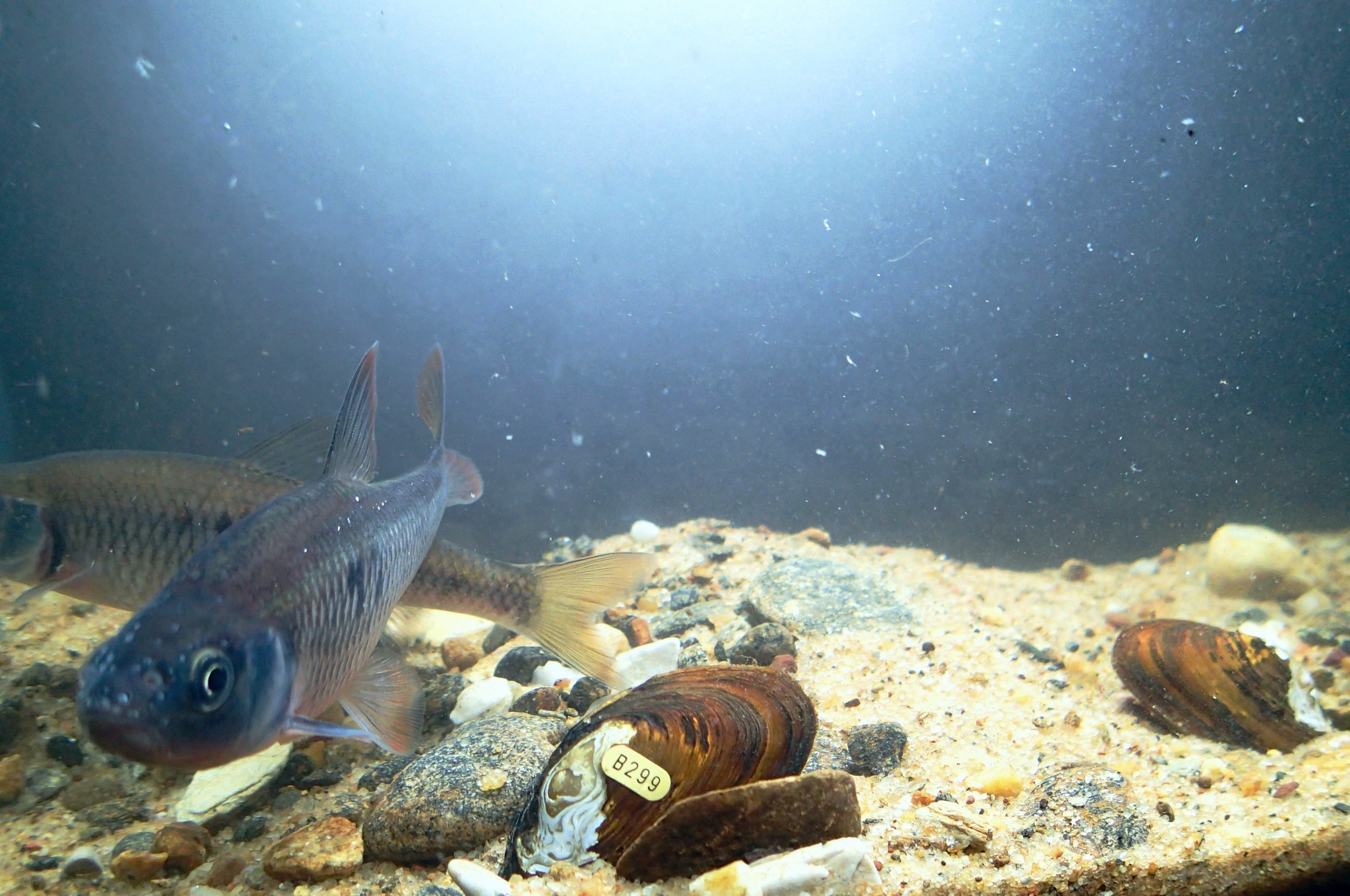
Aquatic Conservation Support
how does Aquatic conservation bring balance to the environment?
Aquatic ecosystems, including rivers, lakes, and wetlands, are home to diverse species that contribute to overall ecosystem health. Conserving these environments ensures that these species, from fish to aquatic plants, continue to thrive, maintaining the ecological balance and supporting healthy, functioning ecosystems.
Aquatic conservation is critical for maintaining the balance and health of our environment.
Climate Regulation
Aquatic ecosystems, such as mangroves and marshes, act as carbon sinks, capturing and storing carbon dioxide from the atmosphere. This process helps mitigate climate change by reducing greenhouse gas levels and stabilizing the climate.
water quality
Healthy aquatic environments are key to clean water. Natural filters like wetlands and riparian buffers absorb pollutants and manage nutrient levels, which helps keep water sources clean for both wildlife and human use. Protecting these areas ensures better water quality and reduces the risk of pollution.
Flood Control
Wetlands and floodplains absorb excess water during heavy rains, reducing the risk of floods and mitigating their impact on communities. By preserving these natural buffers, we protect both aquatic habitats and human settlements from flood damage.
Nutrient Cycling
Aquatic environments are vital for nutrient cycling. Plants and microorganisms in these systems break down organic matter and recycle nutrients, supporting the productivity of aquatic and terrestrial ecosystems. This process is crucial for maintaining ecological balance.
Habitat Connectivity
Conserving aquatic habitats ensures that different environments, such as upstream and downstream areas, remain connected. This connectivity is essential for species migration, breeding, and the overall health of aquatic systems.
Biodiversity Support
Aquatic conservation helps preserve the rich diversity of life found in these ecosystems. By protecting species and their habitats, we support the complex web of interactions that sustain healthy ecosystems and ensure their resilience.
By focusing on aquatic conservation, we contribute to a balanced and resilient environment that supports not only aquatic life but also the broader ecological and human communities that depend on these vital resources.
Our Aquatic Conservation Programs
How We Support Aquatic Conservation
Habitat Preservation: We protect vital aquatic habitats, such as wetlands, rivers, and lakes, where at-risk species thrive, ensuring their ecosystems remain healthy and functional.
Habitat Restoration: We work to restore degraded aquatic environments, improving conditions for fish, amphibians, and other aquatic life to help them recover and flourish.
Sustainable Management Practices: We implement responsible practices that manage aquatic resources without causing harm, balancing human use with the needs of aquatic species.
Raising Awareness: We educate the public about the importance of aquatic ecosystems and the threats faced by aquatic species, fostering greater support for conservation efforts.
Implementing Legislation and Regulations: We advocate for and enforce laws and regulations that protect aquatic habitats and species from pollution, overfishing, and other harmful activities.
Supporting Research and Monitoring Initiatives: We fund and promote research to monitor and understand aquatic species and their environments, using this data to guide effective conservation strategies.
Promoting Responsible Practices: We encourage practices that minimize negative impacts on aquatic habitats and species, supporting sustainable interactions with our water resources.






